
How to get rid of varicose veins on the legs? Varicose veins of the lower extremities are the scourge of modern man.
There are a large number of people in the world who have been suffering from this malignant disease for quite some time. What kind of disease is this and what does it "eat" with?
varicose veins
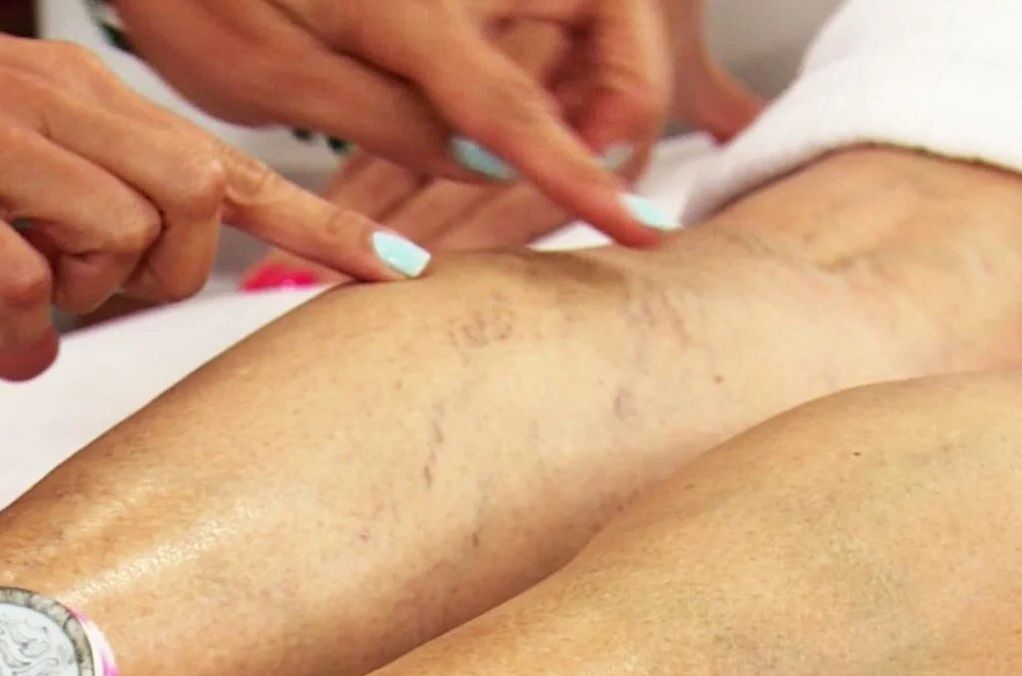
This vascular pathology, varicose veins, has taken one of the first "rewarded places" among all other types of vascular diseases, since it is most often diagnosed with dilated veins in the legs.
With this disease, the walls of the saccular veins expand. As a result, the length of the veins increases, and we can see with the naked eye their serpentine winding, as well as spherical extensions (nodes) everywhere.
17-25% of all people suffer from this disease. And if in adolescence the frequency of detection of this disease in both sexes is more or less the same. Then, in adulthood, women become leaders compared to men, practically surpassing them twice.
There is such a version that hormonal changes during menstruation and during pregnancy lead to a weakening of the tone of the veins, which gives them significant expansion and disrupts venous circulation in women.
Causes of varicose veins
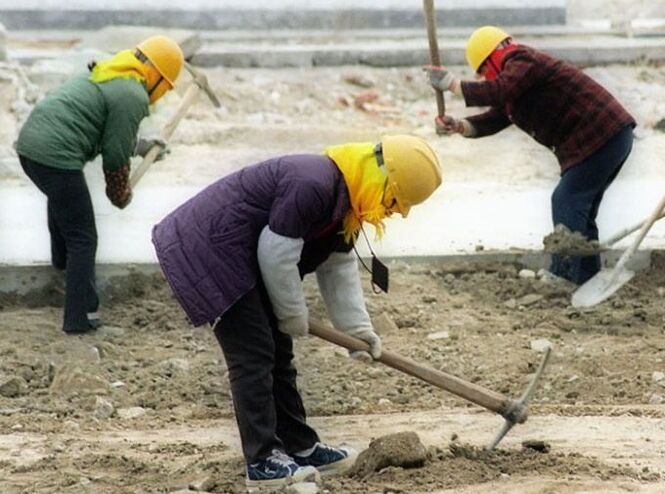
There are many reasons for the appearance of symptoms of the disease. Below I will list the main ones, read carefully, maybe you have one of these diseases, then varicose veins can appear concomitantly.
The disease is genetically determined by the immaturity of venous valve function, which is exacerbated by the underdevelopment of connective tissue components within the vessel wall.
And now there is increased pressure in the vessels themselves and from early childhood varicose veins appear as soon as the first physical activity occurs.
This group includes people with congenital factors of hypercoagulability. Which leads to the formation of blood clots that do not allow free blood circulation and lead to the expansion of the lumen of the vessels.
About the menstrual cycle and pregnancy in women I have already reported above. With increasing age comes menopause, estrogen decreases, progesterone increases at the same time, and that is another reason, because blood clotting factors generally increase.
In addition, there is a decrease in the synthesis of collagenous elastic fibers, which lose their function within the wall and reduce the tone of the walls of venous vessels. The picture is such that blood flow decreases, valvular insufficiency occurs, and blood clots form.
As one of the risks cannot be ignored. Especially in the abdominal type, when obesity turns out to act mechanically on the vein walls by increasing pressure below the compression zones.
In connection with the lack of insulin, the entire metabolism in the body is disturbed.
Hyperglycemia leads to a decrease in the elasticity of the walls of blood vessels and lumen expansion.
Alcohol has the ability to remove fluid from the body. Dehydration, in turn, leads to increased blood clotting and disrupts blood flow.
If you are constantly subjected to increased physical activity or have to constantly stand on your feet. In such people, the risk of developing the disease increases due to blood congestion in the lower extremities and very high intra-abdominal pressure, which does not allow blood to flow to the heart in sufficient quantities.
With constipation, the intra-abdominal pressure increases at the moment when a person pushes. So you can understand the logical development of varicose veins - the expansion of the lumen of the veins.
And in general because of many factors: wearing high heels, previous abdominal surgery, serious cardiovascular diseases with circulatory failure, chronic inflammatory processes in the pelvic area (prostatitis in men, inflammation of the limbs in women) and of course smoking.
- Because of inheritance. The disease is genetically determined by the immaturity of venous valve function, which is exacerbated by the underdevelopment of connective tissue components within the vessel wall.
- Due to the pathology of blood coagulation. This group includes people with congenital factors of hypercoagulability.
- Due to hormonal changes. This group includes the menstrual cycle and pregnancy, as well as menopause.
- due to increased body weight. Especially in the abdominal type, when obesity turns out to mechanically affect the walls of the veins.
- Because of diabetes. In connection with insulin deficiency, the metabolism in the body is disturbed. Hyperglycemia leads to a decrease in the elasticity of the walls of blood vessels and vasodilation occurs.
- Because of alcoholism. Alcohol has the ability to remove fluid from the body. Dehydration leads to increased blood clotting and impairs blood flow.
Symptoms of varicose veins
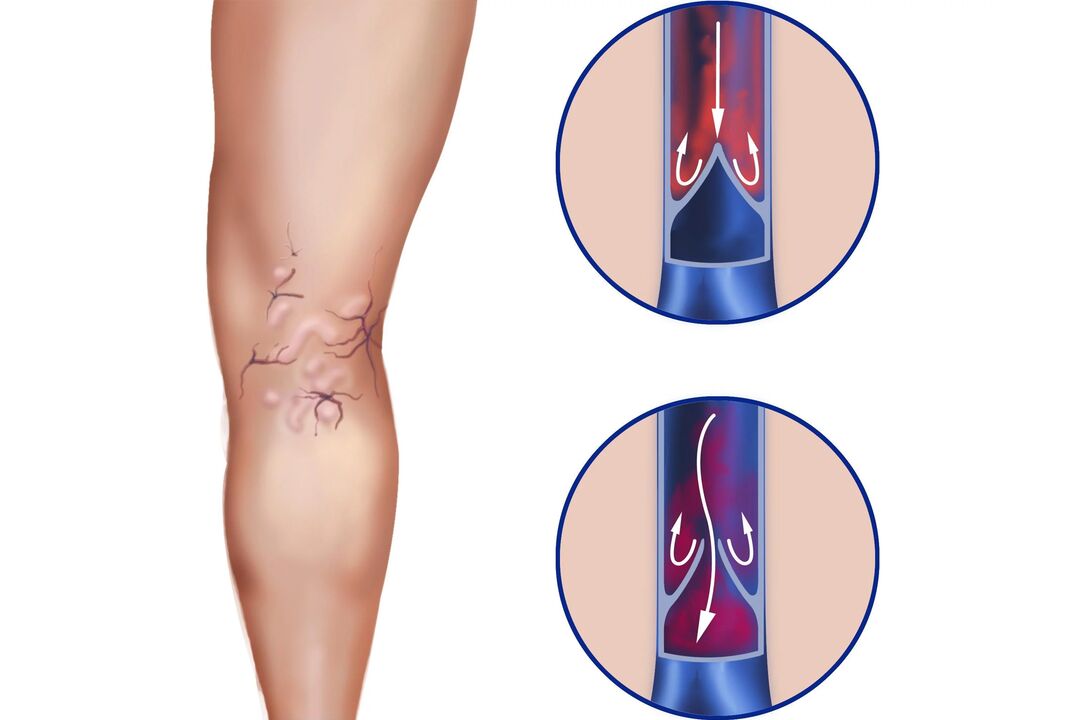
There are the first harbingers of symptoms of varicose veins of the lower extremities. It is worth paying special attention to them. The main thing is not to miss them in order to start treatment on time.
- The appearance of spider veins and meshes, because small blood vessels have already dilated and are even visible through the skin
- In the second phase, we observe the formation of protruding knots that are coiled and arranged in clusters
- Obvious swelling and fatigue of the legs begin, people suffer from frequent leg cramps (more at night), feel itching, fever, crawling "goosebumps"
All these symptoms appear depending on the classification of varicose veins.
About the classification of varicose veins
The international scientific community has introduced a systematization of pathological varicose veins with a special classifier CEAP (Clinical Etiology Anatomy Pathology). This typology implies 6 clinical stages in varicose veins:
- Zero. The patient has subjective complaints without an obvious etiology, suspected varicose veins, but according to the results of a visual examination and research, no obvious signs have yet been identified
- I just. A small vascular network is visible through the skin, minor rare swelling, the appearance of: heaviness, burning, "buzzing" in the legs
- II degree. This is already the starting point to show the real varicose veins. It has symptoms of an externally clear manifestation of dilated vessels, the formation of venous nodes, which increase after a long stay on the legs or long static sitting. From this stage one can already observe the possibility of thrombosis
- III. Degree. Here the symptoms of the second group are exacerbated by regular swelling, most noticeable at the end of the day, and aching, aching pain in the calves.
- IV degree. Visible trophic changes in the skin. Due to a large accumulation of pigment in the epidermis, the skin changes from dark brown to black. Small local inflammations appear and develop in the form of erythema or exuding sores, which over time lead to atrophy of the dermis and ulcers
- Grade V. Similar course of symptoms as in the fifth stage, but with healed trophic ulceration
- grade VICaused by already severe course and the formation of non-healing wounds and ulcers
Mandatory treatment of varicose veins is required, otherwise there may be a complication in the form of acute thrombophlebitis and perforation of the nodes (when even the slightest mechanical impact can lead to a stretched and thinned vein wall, its perforation); Bleeding in this case occurs very profusely and leads to a large loss of blood.
diagnosis
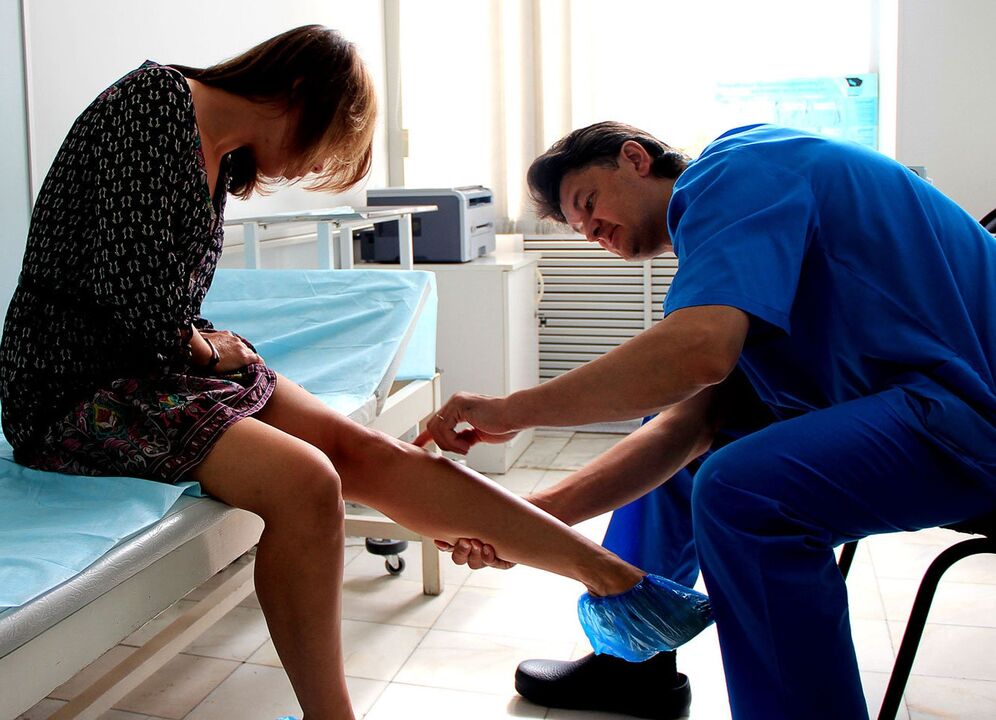
You should go to an appointment with a phlebologist. Anyone who can recognize varicose veins at a glance, but still collects an anamnesis, listens to your complaints.
There are special functional tests that the doctor must prescribe.
In addition, there are instrumental diagnostic procedures, including X-ray contrast angiography and ultrasound in duplex Doppler scanning mode.
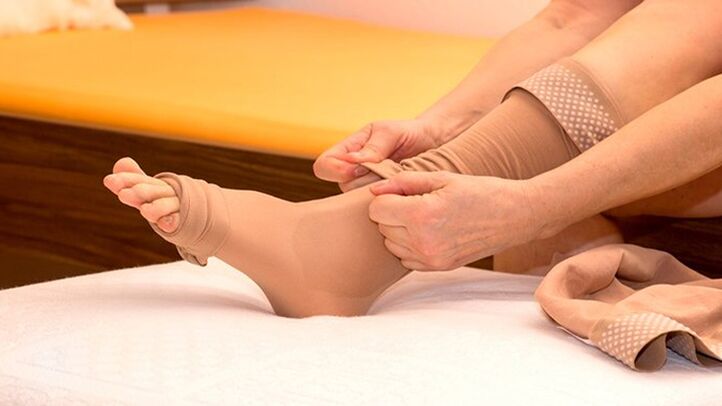
All about the treatment of varicose veins
A few decades ago there was still such a thing that he turned to a phlebologist, there would be 100% vascular surgery, otherwise veins would not be treated then.
But in the last 10-15 years, small and micro-invasive high-tech techniques have been used, such as:
- Sclerotherapy (artificial obliteration, the vein walls are "glued" with a special solution, it is injected with microneedles)
- Application of laser therapy
- Treatment with radiofrequency ablation (the thinnest probe is inserted into the vein and gradually removed, the walls are "soldered")
In these cases, you no longer have to endure major, traumatic surgery.
Also, effective therapy of a complex nature is added, which includes the appointment of venotonic drugs, anticoagulants, antiplatelet and anti-inflammatory drugs.
Good efficiency results from the use of:
- Elastic bandage and compression stockings
- hirudotherapy
- diets
- therapeutic exercise
- water procedure
Attention: the use of an elastic bandage or compression stockings is possible only after consulting a doctor (in particular, he explains in detail the technique of bandaging - you need to start with your fingers, with the obligatory grip of the heel and gradually loosen compression closer to the knee)
However, we should not completely forget that varicose veins are still a surgical disease. And if, after an advanced stage, according to the indication, a radical effect is needed, then it can only be achieved through surgery.
One of the basic operations is phlebectomy. The vein is removed and the dry residue of the functional viability of the vein is only 10% of the norm.
However, it is better to refrain from an extreme stage, varicose veins of the lower extremities can be completely cured if you visit a phlebologist without delay (but this applies to all diseases).
There is absolutely no need to take the matter to a "major" operation: varicose veins of the lower extremities are completely cured today, but this disease does not go away "on its own".
Conclusion
No wonder they say: "Man's salvation lies in the hands of man himself. " And although varicose veins are not an easy disease and usually progress rapidly, only 10 years from the zero degree of varicose veins to the development of pathology in the 6th. Degree.
Overall - this is what you need, carefully examine the first manifestations of the symptoms and consult a doctor - a phlebologist.
Take care of yourself, pay attention to the first messages that the body will show you about the onset of pathological changes in the veins. It is always easier to prevent an advanced stage of a disease than to cure it. All health.

























